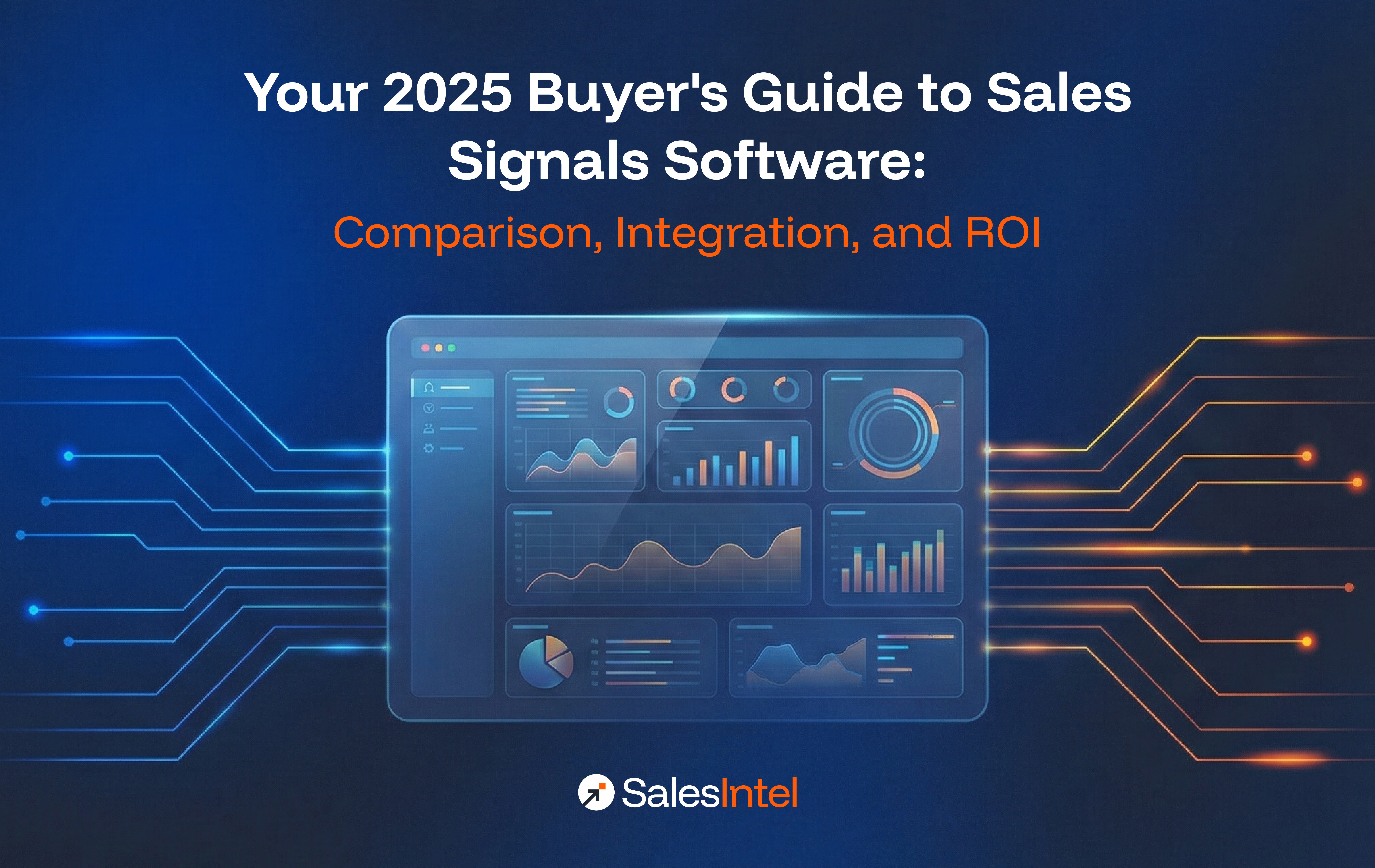The account-based approach to marketing and sales is cross-disciplinary, yet concentrated, optimizing the entire sales process. So what’s the buzz all about? Is ABM just a trend, or is it really changing the way that we sell for the better?
Eric Wittlake, senior marketing analyst at TOPO, notes that early adopters are now reaping the benefits of ABM, and those results are what’s driving the strategy’s surge in popularity. Early adopters found that ABM “successfully addresses major business challenges,” and now everyone wants in on what it has to offer.
Defined Improvements to ROI
Here is where the statistics speak for themselves. In a study for Altera group, 97% said that ABM resulted in a higher ROI than other investment strategies. The 2018 ABM Benchmark Study showed that 77% of B2B marketers say ABM has helped drive success with target accounts, and 45% have seen at least double the ROI.
A more recent study from TOPO demonstrated that ABM maintains its reputation of improving ROI along with other related metrics, including retention, win rate, and lifetime value. As revenue attribution continues to be cited as a primary concern for B2B marketers, it only makes sense that ABM would be of interest.
VP of Marketing at Bizible, Dave Rigotti, explains that an effective ABM strategy uses account-based attribution to keep up with multi-touch impacts that ABM is designed to make. The more thorough attribution means that “everything from the first touch to the last touch contributes to [revenue] generation.”
Tidying Up Your Focus
ABM, right down to revenue generation, is a “full-funnel effort,” thus optimizing the sales process and making for a much more efficient pipeline. 65% of respondents in TOPO’s ABM study reported an improvement in their sales pipeline.
This is most likely due to the reality that ABM must be carefully orchestrated. It’s certainly not a “catch-all” type of strategy. It definitely conserves resources by simply focusing on key accounts, but this means that campaigns must be customized to those accounts. When this is done well, the pipeline is incredibly smooth because things have been well-orchestrated throughout the process.
When you’ve prepared for something, it’s much easier to accomplish. However, when there is a lot to accomplish, our attention is divided. Account-based marketing allows marketing and sales to focus together on fewer targets. Consequently, this makes preparing and orchestrating the strategy much more efficient and increases the likelihood of success.
Aligns Sales and Marketing
The focused, high-effort nature of ABM also makes it no surprise that it has been shown to better align sales and marketing. ABM is a unified effort that requires the entire team to be on-board. ABM depends on cross-functional alignment, which when executed well, delivers remarkable results.
The State of Pipeline Marketing showed that marketers using ABM are 50% more likely to report alignment with their sales team. And TOPO’s study indicated that 90% of marketers reported improvement in their alignment between sales and monitoring.
Clear Progress Tracking
It’s easy to drown in seas of metrics. ABM alleviates some of that overwhelming anxiety by only allowing you to work with a few funnels at once. Focusing on target accounts naturally results in a smaller data set for analyzing and measuring progress. This makes it faster than ever to analyze the efficiency of your strategy, and adjust it accordingly.
If a strategy isn’t working, you’ll be able to catch the problem faster and implement a new strategy. Instead of having to rely on year-long campaigns, you can focus on matching your sales cycle. Within one cycle, you’ll have a better idea of how you’re doing.
Benefits to the Max
The success of ABM is causing more marketers and sales reps to join forces to orchestrate this powerful strategy that gives tangible results. As ABM catches on, SVP of ITSMA Rob Leavitt states that the question is shifting from why companies should use ABM, to how to get the most out of ABM. It’s up to business leaders and their sales and marketing teams to “collaborate to ensure maximum benefits from this strategic discipline.”
Not just benefits, but benefits to the max.




